Is this crown rot or something else? Are my plants doomed?
Zalper
11 years ago
Related Stories

REMODELING GUIDESLiving Roofs Crown Green Design
Living roofs save energy, improve air, water, curb appeal — and the view from above doesn't hurt either
Full Story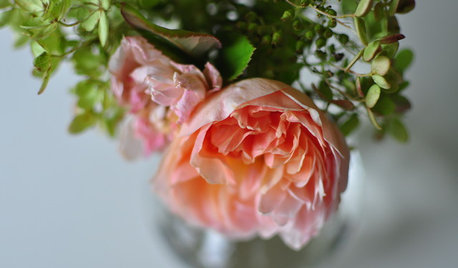
GARDENING GUIDESRoses: Crowning Touch of Gardens
Whether you're the Miss or Mister America of gardening or take a hands-off approach, roses can be a winning addition to your landscape
Full Story
GARDENING GUIDESSmall Carpenter Bees Are Looking for a Home in Your Plant Stems
Provide flowers and nesting sites in your garden for this beautiful, tiny, metallic blue wild bee — your plants will thank you
Full Story
FARM YOUR YARDHow to Build a Raised Bed for Your Veggies and Plants
Whether you’re farming your parking strip or beautifying your backyard, a planting box you make yourself can come in mighty handy
Full Story
GARDENING GUIDES6 Unsung Bulbs for Fall Planting
Don't hang up your spade after summer — plant these unusual bulbs in fall for a spectacular spring show
Full Story
HOUSEPLANTS8 Essentials for Healthy Indoor Plants
Houseplants add so much to our homes — and can thrive when grown in the right conditions. Keep these tips in mind
Full Story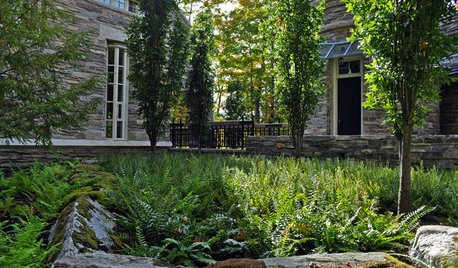
GARDENING GUIDESGreat Design Plant: Woodland Garden Beauty Polystichum Acrostichoides
Eastern U.S. native Christmas fern is a living decoration in the winter woodland garden
Full Story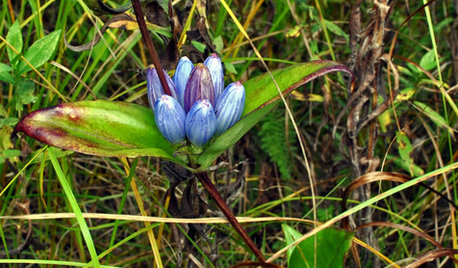
GARDENING GUIDESGreat Design Plant: Gentiana Andrewsii
If you’re a fan of closed flowers every autumn, then today is your lucky day!
Full Story
HOUSEPLANTS10 Top Plants to Grow Indoors
Brighten a room and clean the air with a houseplant that cascades artfully, stretches toward the ceiling or looks great on a wall
Full Story
GARDENING GUIDESWe Bust 4 More Native Plant Myths
Have you been taken in by these fallacies about gardening with native plants?
Full Story





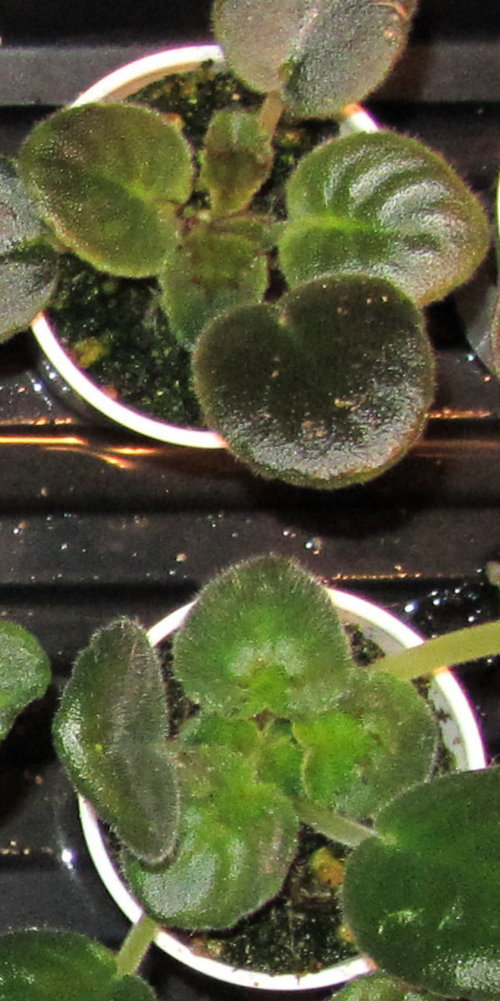
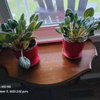
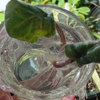
aiharang
irina_co
Related Professionals
Montgomeryville Landscape Architects & Landscape Designers · Forest City Landscape Architects & Landscape Designers · Clermont Landscape Contractors · Allentown Landscape Contractors · Fridley Landscape Contractors · La Mirada Landscape Contractors · Lake Saint Louis Landscape Contractors · North Canton Landscape Contractors · North Highlands Landscape Contractors · Red Oak Landscape Contractors · San Benito Landscape Contractors · Teaneck Landscape Contractors · Wells Landscape Contractors · 07920 Landscape Contractors · Northlake Landscape Contractorsaegis1000
ZalperOriginal Author
aiharang
ZalperOriginal Author
perle_de_or
irina_co
ZalperOriginal Author
irina_co
canukgirl
irina_co